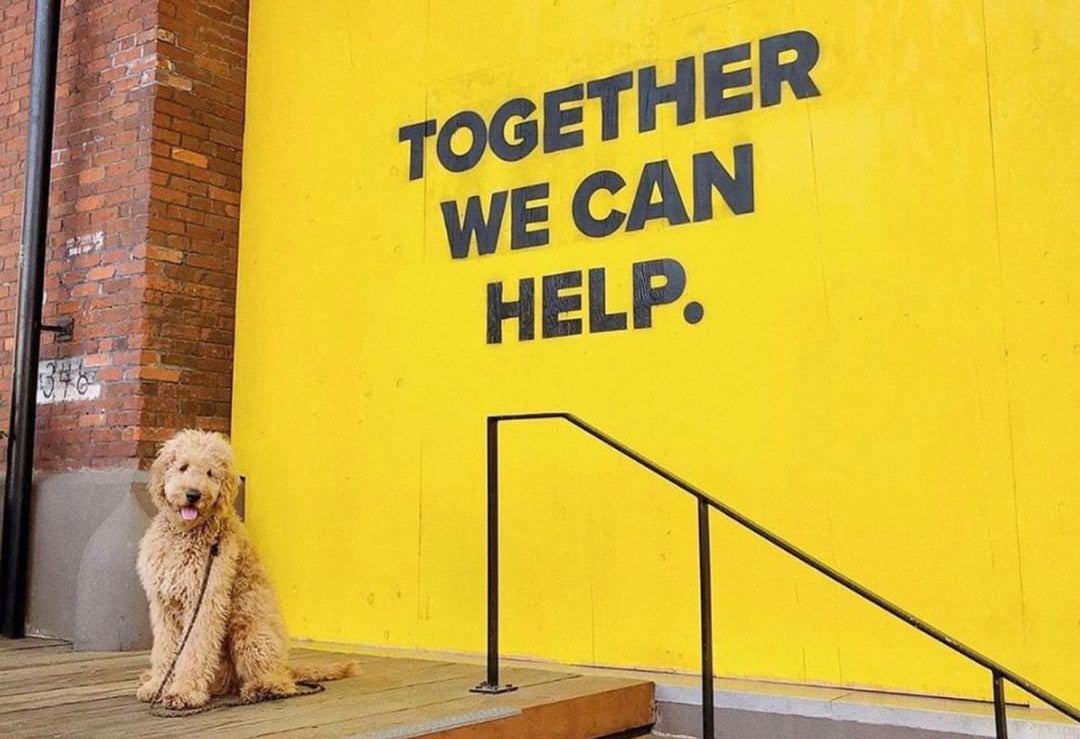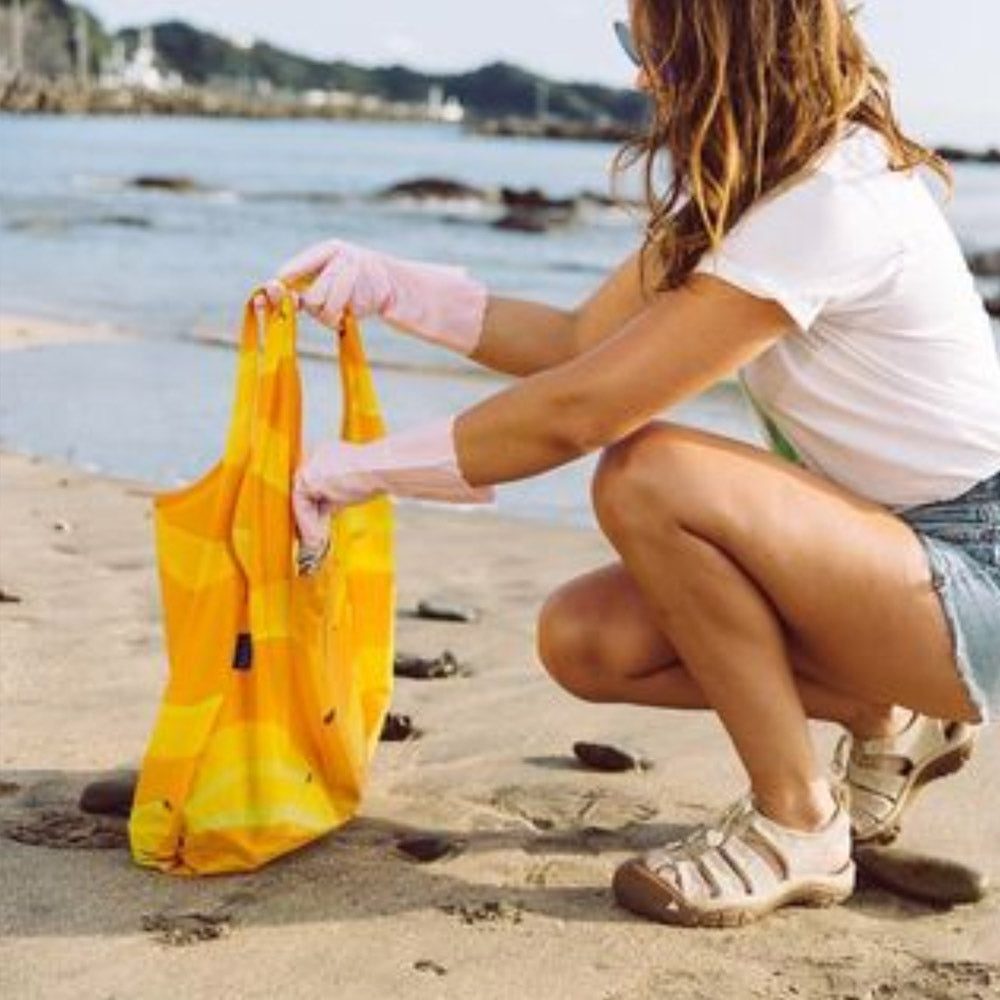- Regular
- $19.99
- Sale
- $19.99
- Regular
- $19.99
- Unit Price
- per
Because the most sustainable choice would be to not make anything at all. But products make it possible to get outside and enjoy the outdoors, connect with the world and each other, and do some good while doing all that. And we believe in all of those things, too.
So, for us, it’s about being more conscious of all the choices that go into making a shoe and doing everything we can to minimise our impact on the planet. It’s rethinking the way things are usually done and acting on our values by doing things differently. Even when it isn’t the easiest path to take.
That’s what we mean when we say our shoes are “Consciously Created.”
Behind every KEEN shoe are dozens of responsible choices. Some of these choices are small, like using recycled aluminium eyelets or webbing made from recycled plastic bottles, or harvesting the waste from one shoe to make something new. And sometimes those choices are big, like building our own factories. We’ve been on a detox journey to eliminate everything that shouldn’t end up in our products and to do things better.
Every step is a step closer to “sustainable.” A few of our favourite milestones along the way include:
PFC-Free Water Repellency for a Safer Environment
Pesticide-Free Odour Control for Healthier Ecosystems
Certified Better Leather for Cleaner Water
Recycled P.E.T. Plastic for Happier Oceans and Less Waste
Water-Based Solvents to Reduce Greenhouse Gases
These are a few of the steps we’re excited about. Every step makes an impact, and we’re not stopping anytime soon!
PFCs are good at resisting a lot of elements — heat, oil, stains, grease, and water — which is why they’re used to treat everything from clothing and furniture to food packaging and non-stick cooking surfaces.
But they don’t stay there. Traces of these toxic chemicals get into the environment and never go away. According to the Centers for Disease Control and Prevention (CDC), “Chemicals in this group have been a concern because they do not break down in the environment, and they build up in wildlife. PFCs have been found in rivers and lakes and in many types of animals on land and in the water.”
The first thing we did was perform a complete audit of every spec sheet of every shoe, and we discovered that PFCs/PFAS were showing up in over 100 different components (!!!). It had become common practice in the footwear industry to coat every little part of a shoe: the laces, the stitching, the heel counter, and on and on.
We started asking: Why are we using nonwicking laces or nonwicking thread in a non-waterproof style? Why are we using a DWR finish on our sandals?
“Out of the gate, we realised we could stop using it on our non-waterproof styles, like our sandals,” says Chris Enlow, senior director of KEEN Effect, a team that guides our responsible manufacturing, advocacy, and philanthropy efforts. “We eliminated nearly 70 per cent of our use of this class of chemistry without making any other changes. Just by stopping using it where we don’t need it.”
For the remaining 30 per cent, we needed to find an alternative that was safe, effective, and affordable. To start, we turned to Greenpeace and their list of 33 types of chemistries that they don’t want to see in waterproofing technologies. Following their strict guidelines, we found some effective alternatives that still met our performance standards, and we put in about 1,000 hours of field testing to make sure they lived up to our durability standards, too. (Here in Portland, we live in the perfect testing grounds!)
These safe alternatives aren’t as “strong” as PFAS-based chemistries. And that’s OK. As we mentioned earlier, PFCs are effective at resisting stains, grease, and motor oil. But we just needed something that was effective at repelling water and dirt. In essence, a DWR with PFCs is over-engineered for hiking shoes. “We were using a formula that was doing things we didn’t need. The new, PFC/PFAS-free solutions we found meet our standards around water and dirt. Not spaghetti sauce,” Chris says.


We create quality products, services, and brand experiences in everything we do.

We build trust through our products, our actions, and our relationships.

We believe healthy living starts with products that promote a healthy lifestyle.

We strive to reduce our impact on the environment, protect the places where we play, and give back to communities in need..

We look for innovative and resourceful ways to do things and have fun along the way.